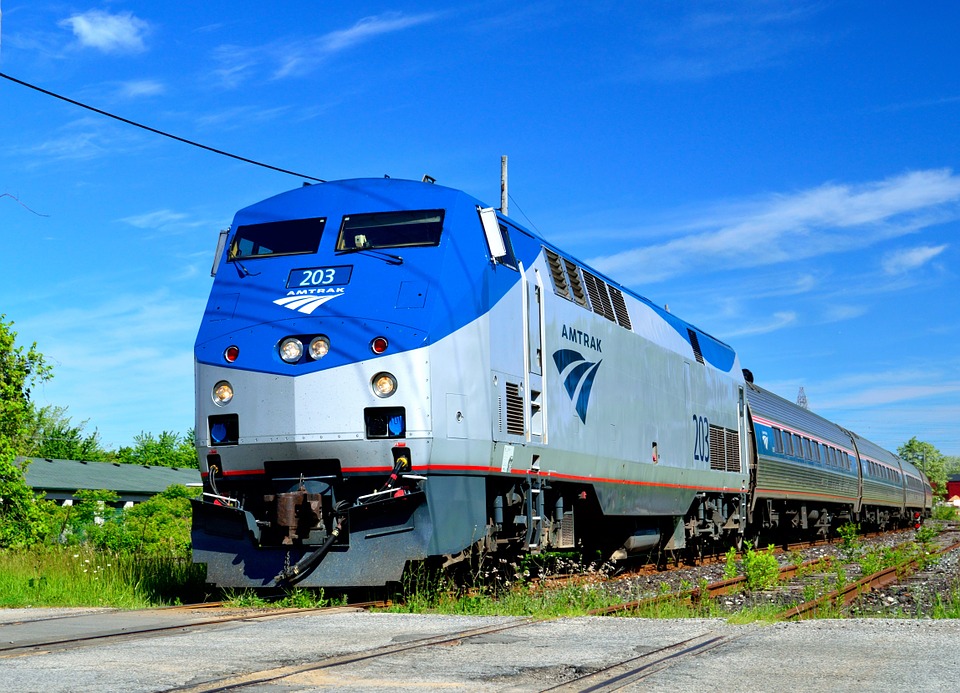
Amtrak reported record ridership and revenue for 2019 in its latest annual report, marking its third straight year of record ridership and revenues. For the fiscal year ending September 30, Amtrak provided 32.5 million passenger trips. That was an increase of about 800,000 over the previous fiscal year.
That’s the smallest loss in the railroad’s 49-year history. Amtrak reported an operating loss of about $170 million in 2018. The increased ridership helped fuel a 3.6 percent increase in revenues, which came in $3.3 billion. Overall, Amtrak lost $29.8 million for the fiscal year, an 83 percent improvement from 2018.
The company now expects that it could break even by the end of its next fiscal year. It would be the first time in its five-decade history that the heavily subsidized railroad broke even. To accomplish this, the railroad will need to continue to make infrastructure improvements to reduce costly delays. According to Amtrak’s inspector general, nearly one-third of all trains were delayed in October. The delays are costing the agency roughly $42 million annually.
In fiscal 2019, Amtrak spent $1.6 billion on capital investments. The major projects included new overhead catenary wire on parts of the railroad, 283 miles of high-speed surfacing, station upgrades, an updated mobile app, and what Amtrak called “largest fleet renewal in company history.” That included a new Acela fleet scheduled to go into service in 2021 and 75 new diesel locomotives.
Richard Anderson, Amtrak’s president and chief executive said in press release, “Bottom line is steady and continued improvement, whether it is customer service scores, cleanliness of our trains, capital, financial, balance sheet, and engineering. Across the board, the enterprise had a really good year. We’re set up well to move into 2020 and do better than break even on an operating basis.”
